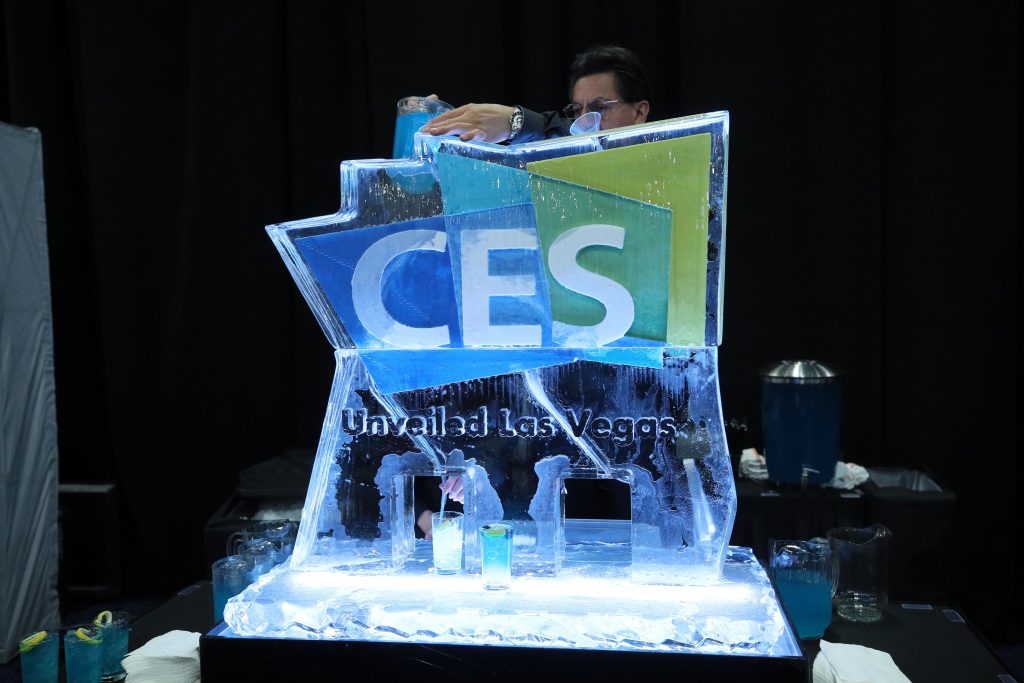880 W. Long Lake Road • Suite 225 •
Troy, Michigan 48098
• P: 248.269.1122 •
E: bianchipr@bianchipr.com

Being part of an automotive supplier or mobility technology company that is participating in CES can bring a mixed bag of challenges and outlooks. Yes, it’s exciting to be part of such a massive show focused on new technologies and product unveilings. And yes, there can be a lot of potential there for customer and media outreach.
But the scale and competition of the show can also be daunting as you try to find your place and reach your key audiences among the more than 4,500 exhibitors around you trying to do the same, many of them trying to get in front of the same journalists and prospects that you are.
While there is no guaranteed process that promises success at CES, we are calling out 5 PR mistakes that auto and mobility companies often make leading up to the show that should be avoided in order to maximize your time and investment at this ever-growing event. We share these from experience, as we’ve learned the ropes ourselves assisting various clients prepare for the bright lights of Las Vegas:
Cementing your plans too late. CES is not for small news or announcements. It’s about new tech, product unveilings, game changers, needle movers. Your company can do itself a huge favor by finalizing its plans for unveilings and announcements – and getting approval from management – far in advance. Waiting too long to decide what your key launches are and what your spokespeople are allowed and not allowed to talk about, can set you back more than you know … especially if you end up with advance / embargo information requests from media as the show grows nearer. Pay attention to what news items made a splash at prior shows. Consider what kind of approval hurdles you might face internally and address them early.
Skimping on your media deep dive. If you are an exhibitor at CES, you will get access to the list of registered media for the show. This is a helpful tool when you’re ready to pitch … but your work to identify key media targets in the automotive, mobility, technology sectors should start much earlier. Ideally, you should be monitoring what media and outlets are covering what news at the previous year’s show and then following those journalists and outlets throughout the year to learn more about what they’re interested in and to build relationships with them. This is one of the most time-consuming, but important steps in planning for the show.
Not recognizing the media’s challenges. Journalists covering CES are bombarded with pitches, invites, interview offers and information from nearly every single company participating at the show. Be aware and sympathetic to the fact that CES is hectic for them and that their responses to you might not be immediate. Get your communication materials about what you are offering at the show out to them well in advance. Pitch your press conference, if you plan to have one, early as well as pitching one-on-one expert interviews and/or technology demonstrations. This way, reporters will see you as a reliable source before the show kicks off.
Being unrealistic. Your company is investing a lot of time, money and resources into being at CES. With that level of buy-in, the last thing you want is to set unachievable goals that will lead to disappointment. CES is highly competitive and journalists are run into the ground trying to cover it all. And you’re an automotive or mobility tech supplier, only a percentage of the journalists at the show will be interested in your news. When setting your goals for the show, the focus should be placed on quality rather than quantity. Ask yourself what customers and prospects am I trying to reach? Do my top 10 media targets reach this audience? If a journalist could take away any one thing from my presence at CES, what would it be?
Not asking enough questions. The size and scope of CES can be daunting but it’s also a benefit. There is no shortage of coverage, experiences and opinions about it. Network with your peers, with the media, with influencers. Ask their thoughts about their experiences at the show. What worked for them? What did they hate? What are their tricks to maximize value? Take advantage of the show branding and planning resources from the CES management itself and reach out early to learn your options.